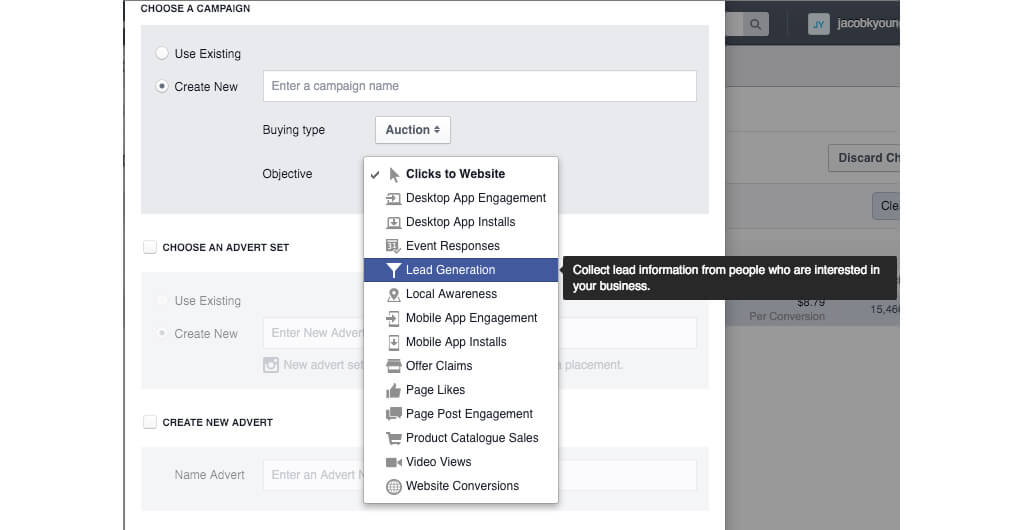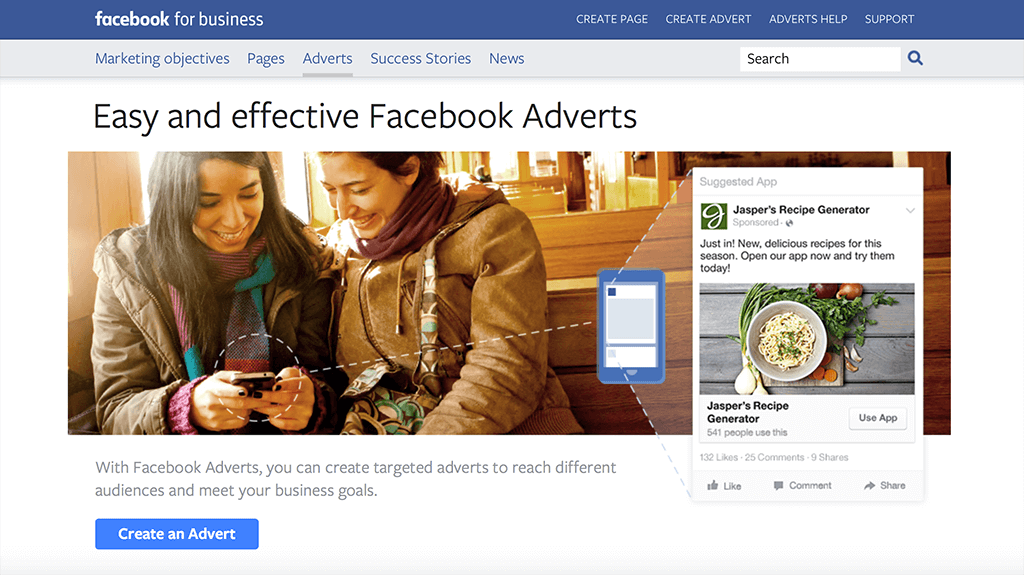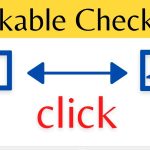The system for displaying posts on Facebook is designed in such a way that each post sees only a small percentage of the subscribers to your account or page. This leads to the fact that the news does not see everything and, accordingly, important information may pass unnoticed. The solution to this problem can be paid posts and advertising on Facebook. The marketing portal Kissmetrics has published 10 tips that will help to use advertising on Facebook as efficiently as possible.
1. Facebook Lead Ads
One of the new types of campaigns on Facebook is Lead Ads, which allow advertisers to collect user data using special forms, without having to go anywhere from this social network.

To start working with Lead Ads, you need …
– Create a new campaign by selecting “Lead Generation”;
– Create your Lead form;
– Select the questions you want to ask users.

2. Reports
Special attention should be paid to the reports section – it will help to answer questions such as “Is there a conversion in the mobile app?”, “Which gender responds better to advertising?”, etc.
Knowing the answers to these questions, you can better allocate the budget for advertising.
3. Attribution models
Attribution models are rules or a set of rules that determine how the value of a conversion is distributed among interaction points in a conversion path. It is important to understand the attribution models of Facebook – how their settings change and what is important for your conversion goals, since there are rules by which each conversion is counted.
You can change the attribution models in the advertisement settings: Columns> Customize Columns> Change Attribution Window:

4. Test Instagram
From September 2015 you can advertise on Instagram using the Facebook Ads Dashboard. To do this, you just need to attach your account to Instagram and choose the placement of advertising in this account.
5. A similar audience
A similar audience is a targeting criterion in which Facebook generates an audience of users that are similar to your current users or audience. Facebook finds similar users by demographic information, interests, behavior, etc. and creates a list of users that you can use in your campaigns.
6. Use the location
Another useful targeting criterion for Facebook is location options. Are your target groups people who live in a particular city or travel to that city?

7. Talk to your audience
Thanks to Facebook targeting techniques, in most cases you know your audience — its interests, behavior, etc. Try to use this knowledge when you make appeals to the audience so that they are more personalized.
8. Remarketing
Remarketing allows you to re-advertise certain products or services to users who have previously viewed or purchased these products. Your advertising will dynamically change depending on what products the user has viewed.
9. Test
Always test different advertising on Facebook options to see which option works best for your users. Facebook optimizes your advertising based on its performance and your goals.
Remember to perform A / B testing in order to determine if the results are statistically significant, or just a coincidence.
10. Use different placements
Keep track of the results of advertising in different places and choose those that work better.

In this case, it almost always makes sense to conduct a campaign in several places, for example, in desktop-tape and mobile Facebook feed.







